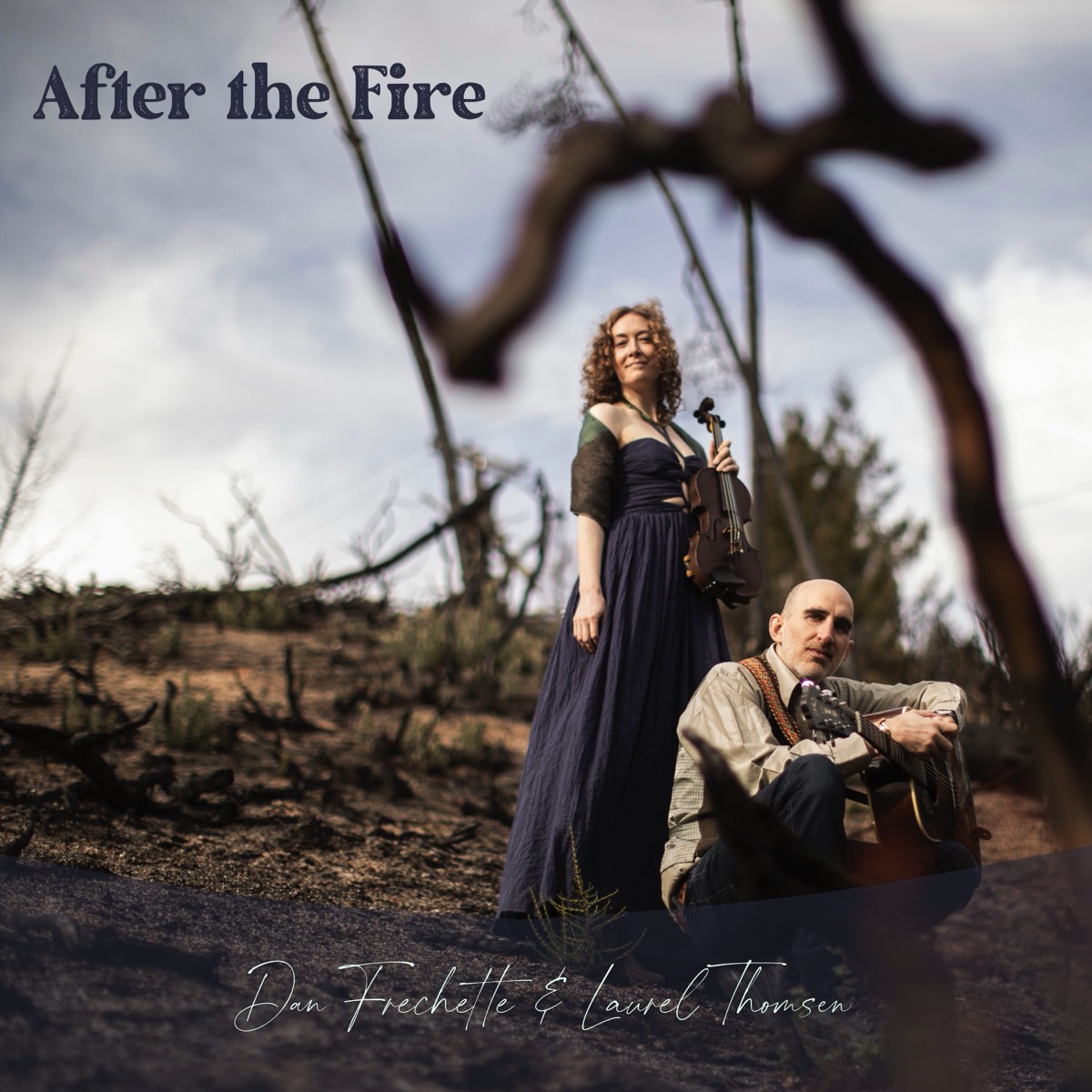Music making can be enjoyable, intellectual, and creative, but we can often underestimate the athleticism required, perhaps particularly on a bowed string instrument like the violin or cello. Like any great athlete, we soon discover the need to create and recreate natural, easy motions that get the job done in the most fluent, effective way possible. As we struggle with the tonal issues and intonation problems inevitable in the first months and years of playing, lessons focus on shaping our technique to overcome these hurdles to music making. The fortunate among us enjoy the benefit of highly experienced and perceptive teachers who are able to quickly root out our tensions and overcompensations and share alternate approaches and solutions. However, even with the best of instruction, some of us find ourselves stuck from time to time, either physically, mentally, or both. The least fortunate may even find themselves sitting out on the sidelines, suffering in physical pain.
I was fortunate to recognize the mind-body aspect of musicianship early in my violin training and teaching, experimenting with ways to “cross-train” body and mind for better music making, and I enjoy sharing these ideas with my students and other musicians who may be struggling. Just as a runner must spend time stretching the muscles of the legs, as well as balancing and toning the upper body and core to avoid injury on race day, I feel that musicians need to spend time physically and mentally warming up and “cross-training” to ensure their musical fitness. Practicing their instruments, especially with unhealthy movement patterns and tensions creeping in from other areas of life, is likely not enough to create the artistry we aspire to and longevity we hope for.
I’m looking forward to sharing a functional fitness course I’ve tailored for musicians in 2019, but for now, I hope you’ll enjoy exploring these complementary disciplines I enjoy the most.
Training the Body (in no particular order)
Qi Gong: Many have have heard of Tai Chi, but not as many are familiar with Qi Gong, it’s predecessor. Graceful movements flow with the breath to create a moving meditation, gently unlocking tensions, restoring balanced body movements, and calming the mind, while stretching patterns and gentle, rhythmic knocking over organs, limbs, or joints lengthen connective tissue and promote circulation. I’ve experienced the lovely side effects of better sleep, focus, and confidence since I started practicing Qi Gong back in the mid 2000s. These are some of my favorite Qi Gong teachers with programs and YouTube/Vimeo videos available online: Mimi Kuo-Deemer http://www.mkdeemer.com Lee Holden https://www.holdenqigong.com YoQi (Marisa Cranfil): https://www.yoqi.com Dr. Liu Dong https://www.linggui.org
Yoga: Throughout 2004 and 2005 I spent two weekends a month training to become certified as an Anusara Hatha Yoga Teacher. Little did I know it was one of the best things I could have done to help my students discover better technique! Learning about anatomy and the natural bio-mechanics of the body, I found I was able to immediately relate this knowledge back to violin and viola technique. While there are many forms of yoga, I was drawn to the strong focus and care for alignment, and the life-affirming atmosphere of the Anusara practice. See https://www.anusarayoga.com
Foundation Training: Focusing on training functional movement patterns and strengthening the posterior chain (the muscles of the back, hips, and legs which are needed to support everyday activities which happen mostly in the front of the body), I’ve found Foundation Training to be immediately applicable and helpful for musicians of all types and it is easily accessible for all fitness levels. See https://www.foundationtraining.com and check YouTube for a variety of short sequences to get you started.
EDGU: I stumbled upon this “Evolutionary Spinal Maintenance” routine while visiting Breitenbush Hot Springs near Portland, Oregon in 2007. Using rhythmic movement patterns and empowering dialogue, EDGU helps realign the spine, shoulder girdle, and pelvis. In my experience, the effects are longer lasting than a chiropractic visit, as it works to align not only the bones, but to balance the muscles which support them. See http://www.edgu.org
Functional Gymnastics: The GymnasticBodies Stretching and Foundation routines are one of my latest interests since hearing about it on Tim Ferriss’ podcast. Based around bodyweight training and balanced muscle development, I’ve particularly enjoyed the gains I’ve seen with the stretching routines. There is a strong focus on “pre-hab” - enjoying what you enjoy doing, but doing the work to balance your body to ensure you don’t get injured doing it, be that playing football or the violin. http://www.gymnasticbodies.com
Hiking and running: I’ve long made my gym the outdoors, with hiking being one of my favorite activities other than playing music. Between the workout component, breathing the fresh air, climbing to incredible vistas, and the rhythm of my feet and breath helping spin new song ideas or help settle life’s problems and questions, it seems to cover all the bases for me. However, six or seven years ago I started interspersing my hikes with trail running, and besides the physical fitness, I enjoy running for the way it focuses my thoughts to the present moment (imperative cross-training for the practice room!) and stimulates endorphins for a nice “runner’s high.” I was concerned about joint health, so I enjoy using Five Fingers rather than traditional running shoes, to promote a type of “barefoot” running style. They take a while to get used to, especially for those used to wearing shoes with thick soles, but they’ve trained me to strike on the balls of my feet rather than the heel, which allows the ankle to act as the natural spring it was designed to be, minimizing impact on the joints.
Feldenkrais: Though I’ve only experienced Feldenkrais through a couple group classes I took at a retreat center in Northern California back in 2010, that was enough to make me quite intrigued by this method to gently retrain movement patterns. I especially appreciate the founder, Moshe Feldenkrais’ orientation to “make the impossible possible, the hard easy, and the easy elegant.” That pretty much sums up learning to play the violin! https://feldenkrais.com
Alexander Technique: I’ve also had little personal experience with The Alexander Technique except for a video I checked out at the library when I was a teenager. The simple, universally applicable ideas to help connect the head, spine, and limbs, and find an ease and balance, felt immediately applicable to daily life. I’ve since had a number of students over the years enjoy the benefits of Alexander sessions in addition to their violin or viola lessons. https://www.alexandertechnique.com
Training the Mind (in no particular order)
Yoga Nidra: Known as “yogic sleep,” Yoga Nidra is a guided progressive body relaxation method which promotes a deep unwinding of the nervous system and a stabilization of brain wave patterns. Usually lasting between 30 min and 1 hour, though longer or shorter sessions may be found, it starts with a progressive and detailed body scan, breathwork for further relaxation and concentration, an exploration of opposite sensations and/or emotions in effort to relieve habitual reactions and polarized thought patterns, rapid creative visualization to help focus the mind and open it up to new possibilities, and a sankalpa, or intention setting piece. People often notice that Yoga Nidra feels just as good if not better than after a full night’s sleep. I think it’s especially great before a performance or even a practice session. Some favorites of mine are those by Tanis Fishman (https://tanisfishman.com), The Stillpoint (https://insighttimer.com/thestillpoint), and iRest Yoga Nidra (https://www.irest.org). The Insight Timer app is a great place to find these and many more, and it’s free!
Hypnotherapy: Hypnotherapy can take many forms, from guided visualizations to more rapid fire suggestion work, eyes closed, laying down, to various eyes open, mind-body approaches. It really has nothing to do with what one might think of as basically a form of entertainment on a daytime TV show. Led by a trained and intuitive guide, it is completely safe and can be very effective in treating a number of mental, emotional, and even physical issues. I’ve found it not just helpful, but required at different stages of my musical journey in order to move past emotional/mental blockages to my professional progress, various performance anxieties and symptoms, career path doubts, etc. After experiencing the benefits of re-programing outdated thought patterns, I was privileged to have the opportunity in 2004-2005 to study with Rainya Dann and the Institute of Transpersonal Studies and become a Clinical Hypnotherapist. I highly recommend the trainings of this institute or perhaps one close to you!
Mindfulness in Daily Life (MIDL) meditation: Stephen Procter has put together a wonderful, progressive mindfulness meditation system available through https://insighttimer.com/stephenprocter and https://www.meditationintheshire.com.au It is so thorough and accessible, and focuses on training the mind to be more at peace day to day - something we all could use! He offers a entirely free 52 week program, each meditation about 30-40 minutes, as well as shorter, 15 min mediations, talks, and I’ve found him to be very supportive with answering questions from students. Meditations focus on breathwork, working through difficult emotions and thoughts, unwinding tight holding patterns in the body, often caused by emotions and memories lodged there, and simply the state of just being. I highly recommend this!!

